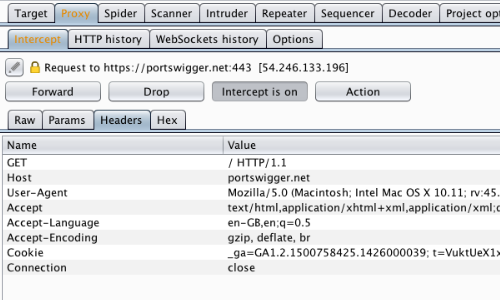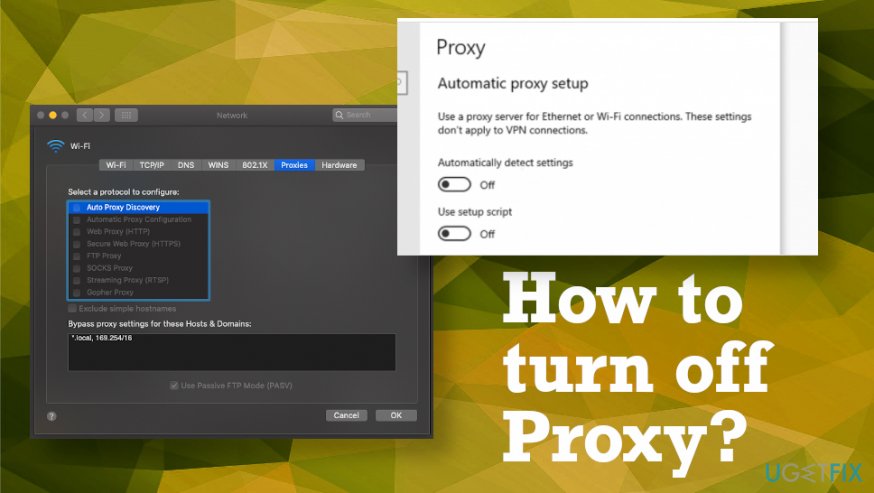

You can use this option, in conjunction with the TLS-related response modification options, to carry out sslstrip-like attacks using Burp, in which an application that enforces HTTPS can be downgraded to plain HTTP for a victim user whose traffic is unwittingly being proxied through Burp.
Proxy per tab browser free#
You will need to use a free port that has not been bound by another application.

Bind to port - This is the port on the local interface that will be opened to listen for incoming connections.These settings control how Burp binds the Proxy listener to a local network interface: You may occasionally need to use these options when testing unusual applications, or working with some non-browser-based HTTP clients. This default listener is all that is required for testing virtually all browser-based web applications.īurp lets you create multiple Proxy listeners, and provides a wealth of configuration options for controlling their behavior. To use this listener, you need to configure your browser to use 127.0.0.1:8080 as its proxy server. By default, Burp creates a single listener on port 8080 of the loopback interface. It allows you to monitor and intercept all requests and responses, and lies at the heart of Burp's user-driven workflow. This tab contains Burp Proxy settings for Proxy listeners, intercepting HTTP requests and responses, intercepting WebSocket messages, response modification, match and replace, TLS pass through, and miscellaneous options.Ī Proxy listener is a local HTTP proxy server that listens for incoming connections from the browser.
Proxy per tab browser professional#
PROFESSIONAL COMMUNITY Burp Proxy options Testing for asynchronous vulnerabilities using Burp Collaborator.Credential stuffing using Burp Intruder.


Resending individual requests with Burp Repeater.
Proxy per tab browser manual#


 0 kommentar(er)
0 kommentar(er)
